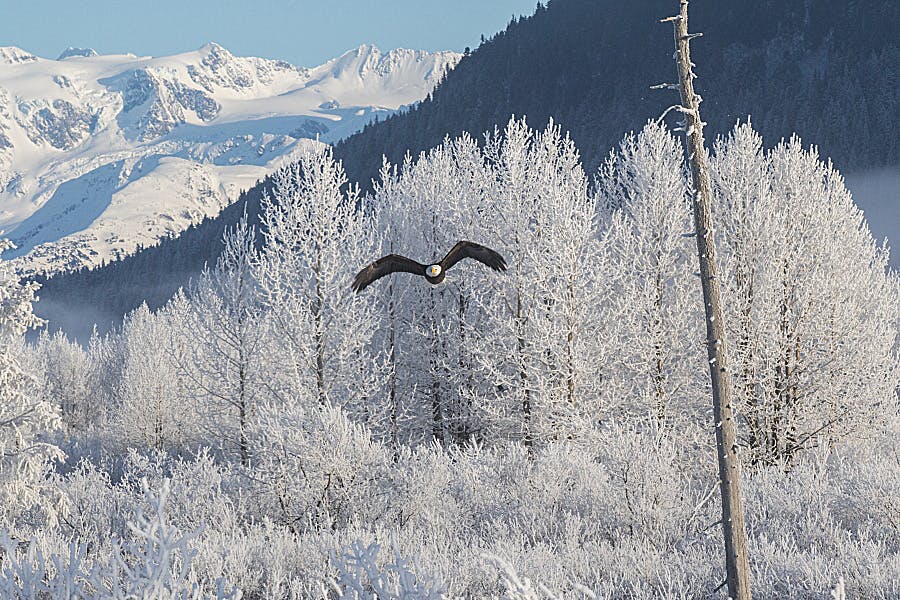Where You Are Guaranteed to See Alaska Wildlife
People pleasing may be considered an undesirable trait, but nobody’s going to tell Kobuk what to do.
He’s an Alaska coastal black bear, about the size of a compact car, and he’s the most popular resident at the Alaska Wildlife Conservation Center in Girdwood, 45 minutes south of Anchorage.

Self-aware, social and extremely charismatic, he’s the star of the show at AWCC and holds the unofficial title as the biggest celebrity inhabiting Alaska’s rich and diverse collection of wildlife centers. Visitors want to see him. He wants to see visitors.
Putting animals on display is only part of what AWCC and other Alaska wildlife centers do — a small part, in some cases. They also offer visitors an almost guaranteed way to see Alaska’s wildest creatures safely, ensuring the bucket list returns home full.
‘Bears are super smart’
Hard-nosed biologists would accuse me of anthropomorphizing, but I’m unrepentant: Kobuk greets AWCC visitors with a vivid and conscious personality. Haul out a camera and he poses. Hold up dinner and he dances. Call his name and he pricks up his ears.
Visitors can experience all that during the new Kobuk Experience package in which they help caretakers prepare his food and/or provide enrichment activities such as providing honey-filled balls he can unravel.
“Bears are a big part of the wonder of Alaska,” says AWCC Executive Director Sarah Howard, who spent years as a curator helping care for Kobuk before she advanced to the sanctuary’s top spot, and says she used to just enjoy sitting “with” (that is, in the vicinity of) Kobuk.
“Bears are super smart,” she says. “They can be as intelligent as cetaceans,” which are whales, dolphins, porpoises. “They do have distinct personalities. They’re very social.
“There’s a reason bears are our most popular animals here.”
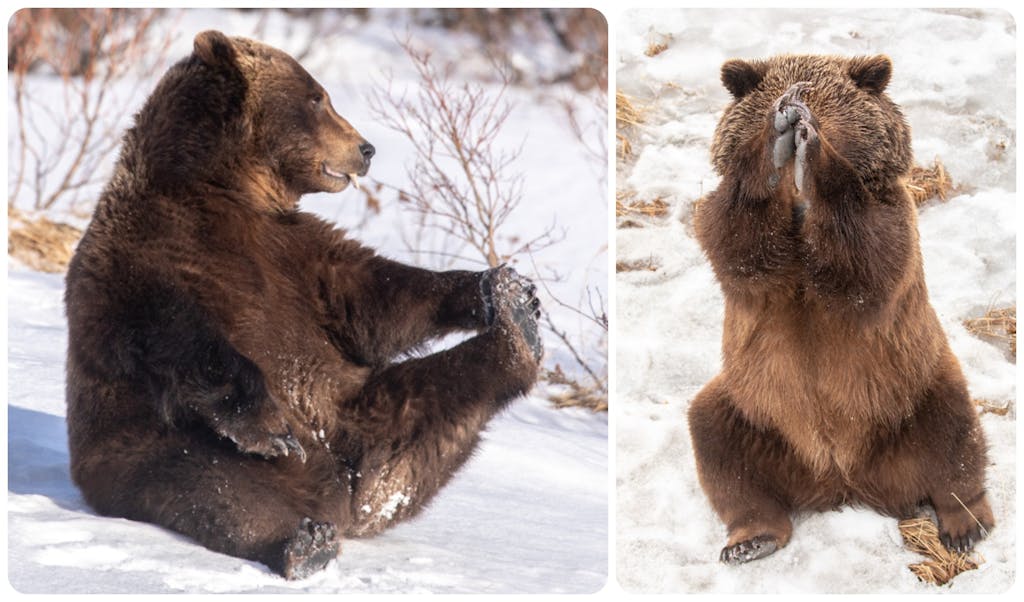
Same reason, I think, that bears have been endlessly fascinating to humans for millennia. They hold up a mirror to us. As Howard puts it, “When you look in their eyes, there’s communication there.”
AWCC is a great place to check that out. For one thing, should you encounter an Alaska bear in the wild, it’s a bad idea to look them straight in the eyes; wild ursids see that as a challenge. But Kobuk is more user-friendly.
He’s inherited his stardom from Woody, the long-time resident and equally massive Steller sea lion at Alaska SeaLife Center in Seward, the popular cruise port three hours south of Anchorage. He took center stage until his death in 2015.
It’s not a zoo
It’s important to note that AWCC is not a zoo. Its name accurately reflects what it does, providing a venue to boost the comprehension and enhancement of Alaska’s magnificent wild animal community. Its animals are mostly orphans (Kobuk, for instance) or injured beings that have been given sanctuary.
The center’s total acreage exceeds 200; bears inhabit parcels as big as 14 acres. Kobuk is in a temporary half-acre summer home while the center spiffs up his permanent enclosure, but usually has three acres to himself.
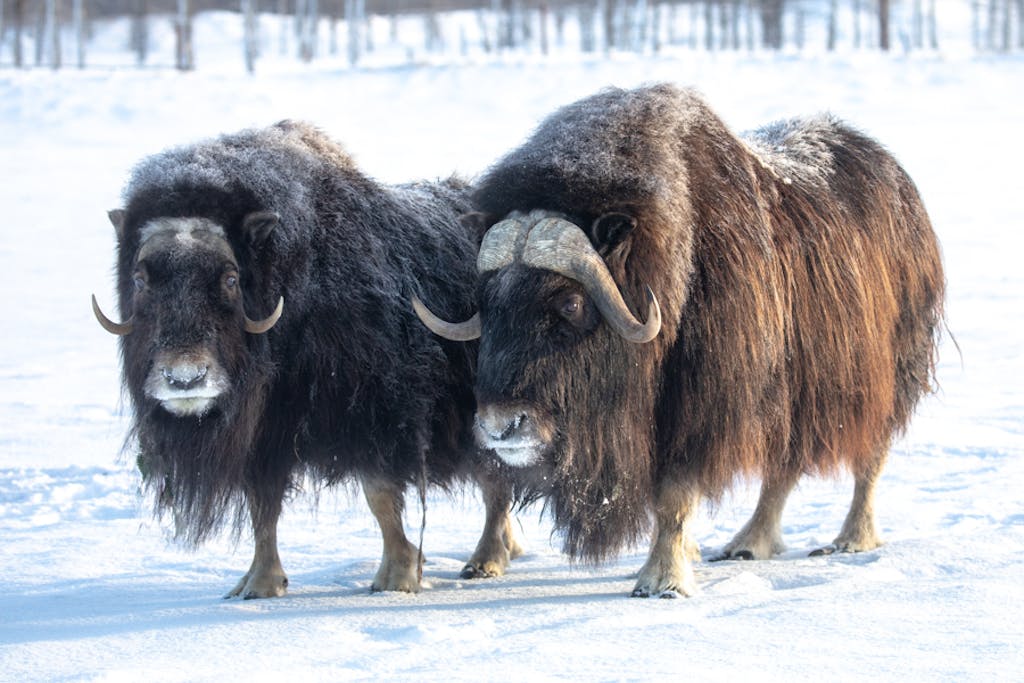
Save polar bears, most of Alaska’s large mammals are found at AWCC — bison, muskox, elk, deer, wolves, lynx, foxes, moose, caribou, reindeer and more. It’s a marvelous half-day excursion, and a full day would not be too much for those fascinated by wildlife.
Raptor rehab, then back into the wild

At the 17-acre Alaska Raptor Center in the rainforest in Sitka, injured and orphaned hawks, eagles, owls, falcons and related birds are brought in for rehabilitation so they can be released back to the wild; as many as 200 birds a year pass through ARC. Visitors can view birds undergoing rehab—but the birds can’t see the people. With a few exceptions.
Some raptors are too damaged to return to the wild; a raptor that cannot fly, for example, would soon die. These become “raptors-in-residence” at ARC, and visitors can meet them (caretaker on hand) in close quarters.
Shelter for sea life
At SeaLife Center in Seward, many marine animals are there for the same reason as birds at ARC. Otters, seals and sea lions that have met misfortune with boat propellers or gun-wielding humans are brought here to recover and become permanent residents, as Woody was, if they cannot go back to the wild.
Visitors see and “meet” dozens of marvelous North Pacific creatures, though no new Woody has stepped into the spotlight’s glare. But one must admit that puffins are intrinsically endearing; octopus evince an intriguing, alien intelligence; and Steller sea lions are simply, impressively massive.
This wonderful facility was born from one of the greatest ecological disasters in history, the 1989 Exxon Valdez oil spill. When 11 million gallons of crude oil spilled from a tanker run aground, thousands of miles of coastline were poisoned; you can still find oil to this day, lumped under rocks. Exxon paid $1.1 billion in settlement to Alaska, some of which helped build this center, which has an evenhanded exhibit on the spill.
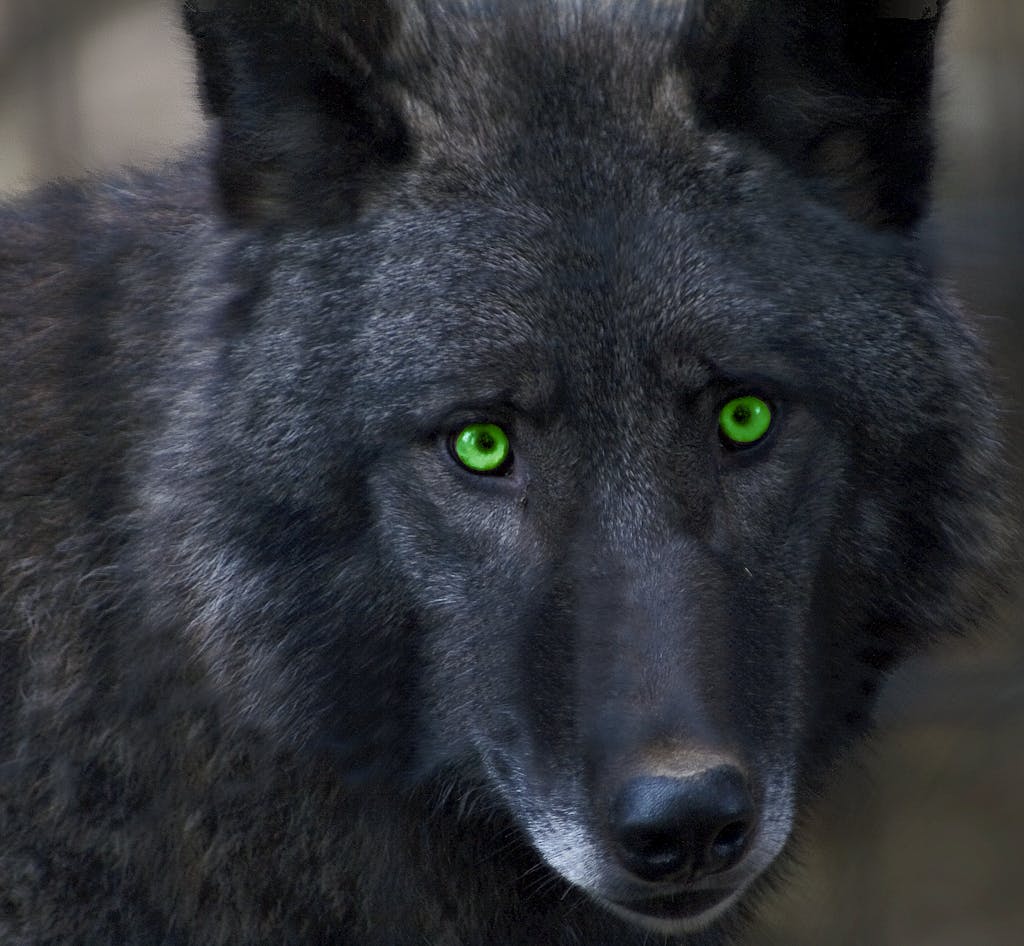
Like wildlife, facilities dedicated to wildlife are seemingly everywhere. Anchorage has the fine Alaska Zoo, focusing on Alaska species. Sitka also has a bear sanctuary, called Fortress of the Bear. At the University of Alaska-Fairbanks reindeer farm, visitors can view these domesticated cousins of caribou as well as muskoxen.
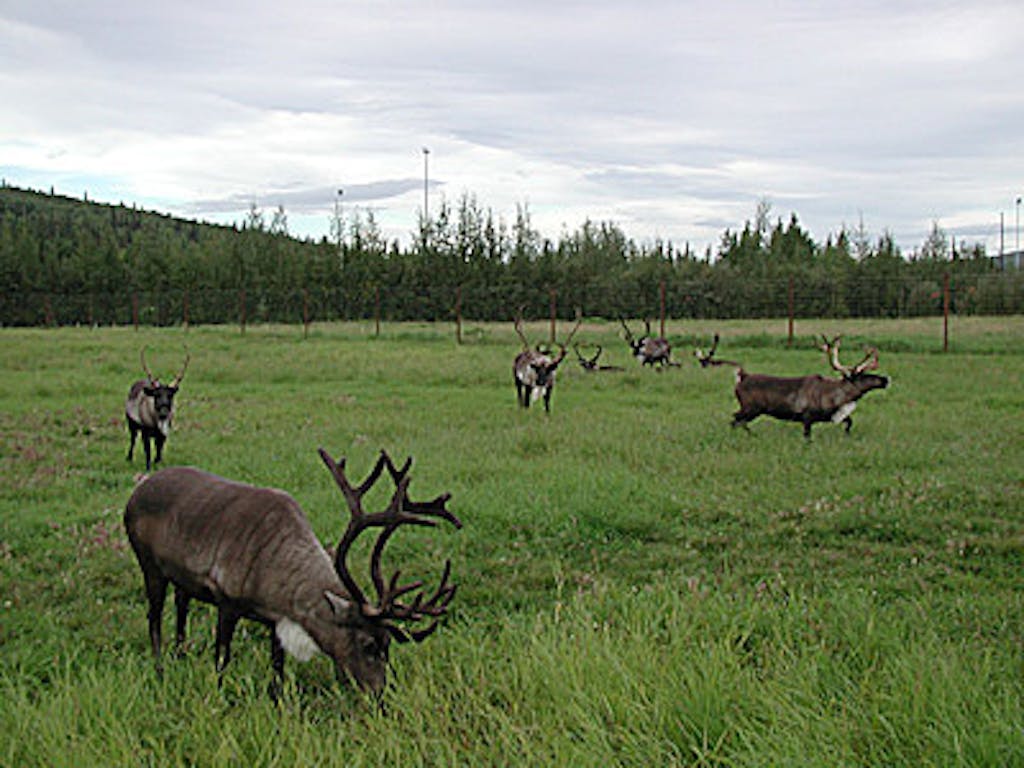
Even academicians have begun to acknowledge that humans may not be the only sentient beings. Even trees communicate with one another and form clans, tribes and communities. And wild animals are keenly aware of the world around them and all its residents.
